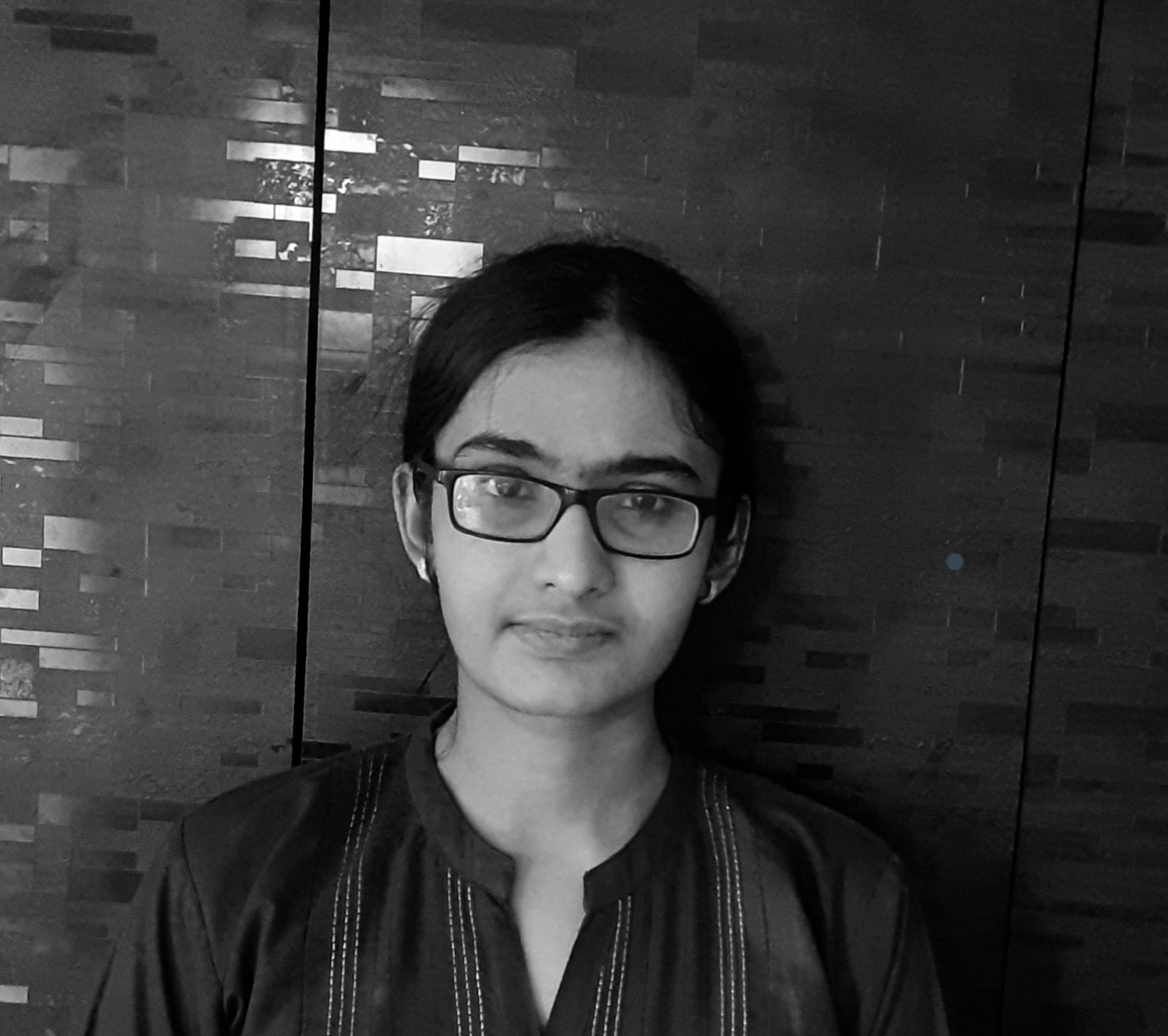Audio Presented by

A developer and writer from India | Enjoys reading, writing, coding, and coffee ☕
About Author
A developer and writer from India | Enjoys reading, writing, coding, and coffee ☕

A developer and writer from India | Enjoys reading, writing, coding, and coffee ☕
A developer and writer from India | Enjoys reading, writing, coding, and coffee ☕